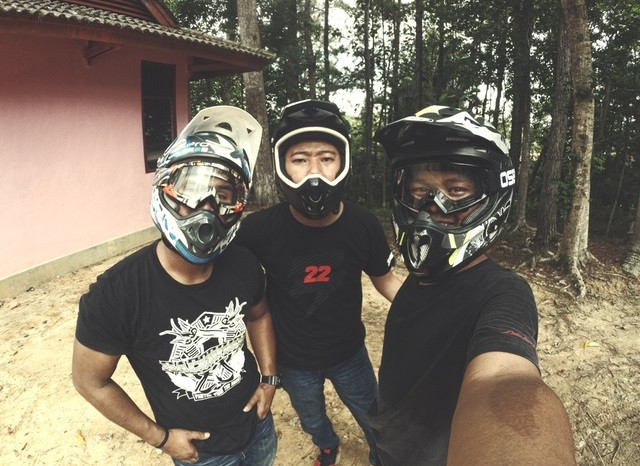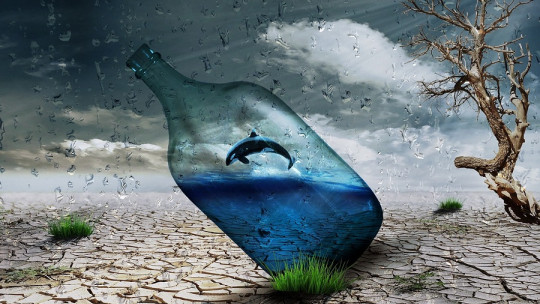In the field of Positive Psychology, several concepts have emerged that serve to understand the human capacity to take advantage of our abilities and aptitudes in the face of the challenges we face in life. And regardless of whether we have a special talent to perform certain activities, we are all capable of learning and practicing until we reach a point where we perform fluidly when doing things that months or years ago would have seemed impossible to us.
The Flow State It is precisely a concept that helps us understand that flow with certain actions, something that happens when we lose track of time and immerse ourselves in something that is a stimulating challenge and that connects with us. Let’s see what it is like.
What is the Flow State?
The Flow State (or Fluidity State) occurs when We are so immersed in an activity that it seems that time flies and we enjoy the pleasure of every second that passes If you have ever experienced the State of Flow, you will have noticed that you are so focused on what you are doing, that you forget what is happening around you and you do not want that moment to end.
The term Flow (flow in English) is introduced by Mihály Csikszentmiháyi and is related to creativity, talent and happiness, and is one of the basic pillars of Positive Psychology. For Mihaly Csikszentmihalyi (2009),
“Flow or Flow State is a subjective state that people experience when they are completely involved in something to the point of forgetting about time, fatigue and everything else, except the activity itself.”
How do we experience the Flow State?
The Flow State It feels pleasant and liberating, since we are immersed in an activity that stimulates our passions , curiosities, interests and our senses. We lose track of time and a very high state of creativity and productivity occurs. If you have ever experienced the Flow State, you will have noticed that:

Tips to get you to the State of Flow
The Flow State is related to well-being and happiness, since it is pleasant activities that make us feel special and happy with our life.
Following the contributions of Mihaly Csikszentmihalyi below we show you some tips to be able to flow and reach the optimal state in which your task will become something very rewarding.

1. Do something you find interesting
The Flow State appears naturally when it exists intrinsic motivation or you are curious about the activity you do. To increase productivity and creativity in what you are doing, you must enjoy what you do.
2. Set clear and achievable goals
The objectives you set for yourself in the activity must be specific and achievable. If you get the objectives in that activity to be in tune with your skill level , you may be able to flow during the performance. On the contrary, if the goals you set involve a degree of difficulty that requires extra effort, then it can be stressful.
You have to understand that if the task you are going to do does not represent any degree of difficulty, it is very possible that you will get bored. The key is that there is an adequate level between motivation for the task and the ability to perform it.
3. Find a quiet time and avoid distractions
For many people, a quiet place is best for inducing a State of Flow. In this way, it is easier for there to be no distractions and you can enjoy the moment in its entirety. Continuous interruptions do not favor the state of flow to be present. If what you want is to be more productive, you can identify the time of day when you perform the most Some people work better in the morning, others in the afternoon, and others at night.
4. Stay focused as long as you can
Once you’ve found that quiet moment without distractions, try to stay focused on the task Sometimes, especially if you are practicing an activity for the first time, it is normal that you do not concentrate for a long time. As you master the activity, you will have more time to enjoy it. On the other hand, you must pay attention to physiological needs (such as eating, going to the bathroom, drinking, etc.) because they interfere with your level of attention. Therefore, it is important to cover these needs to promote the Flow State.
5. Your skill level should match the difficulty of the task
If our skill level is in tune with the activity we do, the more pleasant it will be for us. In other words, If we are well prepared to do something, there is a greater chance of experiencing the State of Flow But adding a little difficulty to the task can keep our motivation level high. The problem arises when the task becomes too big for us, then it stops being pleasant.
6. Focus on the process, not the result
The State of Flow or Fluidity is related to the completion of the task, not the result An attractive result can also be motivating, but what is really important is to enjoy what you do. The Flow State refers to having fun in the present, that is, getting lost in that moment of happiness.









